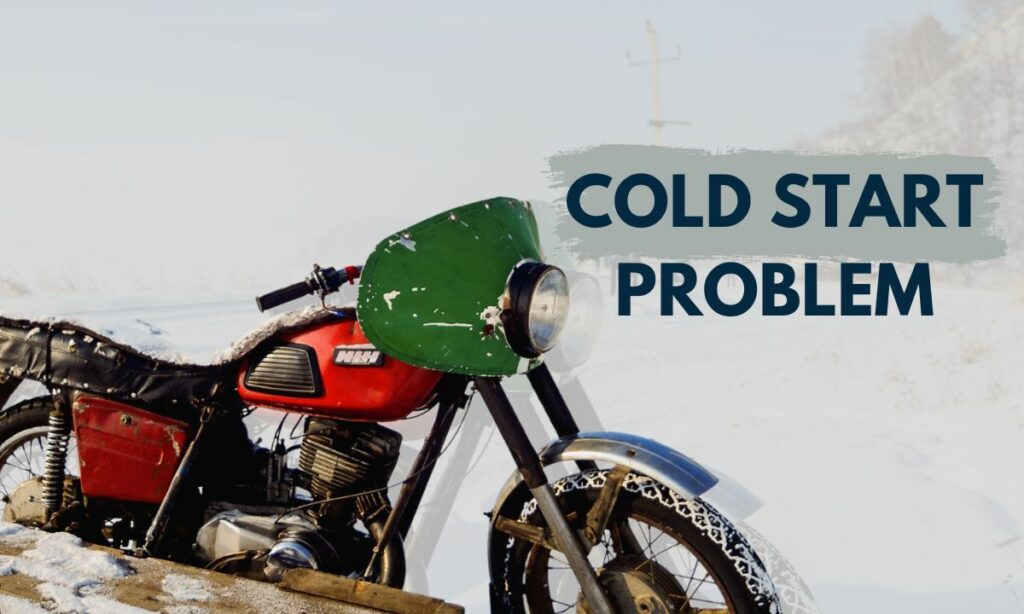Cold start is a common problem with carbureted motorcycles.
Forget winter. Even a decent chilly night is sometimes enough to have cold start problems in these motorcycles.
So how do you address cold starts in motorcycles?
Here are the things you can do if you face cold starting problems on your motorcycle:
- Turn the choke ON
- Tune the carb for a rich mixture
- Use multigrade engine oil
- Keep spark plugs in good condition
- Idle engine for some time
- Use an insulating bike cover
- Try a block heater
Now, before we dive into these solutions for cold start, let’s first understand how cold starting problem occurs. And more precisely, what exactly is a cold start problem.
Cold starting – what is it?
Cold start is when the vehicle engine doesn’t start due to cold weather conditions and/or low-temperature environments.
During cold starting, the temperature is low outside. The engine absorbs the fuel and the energy produced is not enough to start the engine.
In such cold weather conditions, a motorcycle won’t start easily. Especially the first start in the mornings.
This motorcycle engine starting problem when the engine temperature is lower than optimal – is what is called a cold starting problem.
Cold start is not limited to cold temperatures only.
If the motorcycle has been sitting idle for long – then the cold starting problems occur there too. Even during warm conditions.
In short. If the engine, engine components, fuel, and/or oil are at lower than their optimal operating temperatures – there will be cold start problems.
Solutions and Tips for Cold Starting
Now that we know what cold start is, here are the things you can try on your motorcycle.
#1. Turn the Choke ON

A choke is a mechanical lever that restricts airflow into the engine when pulled out.
The restricted airflow results in a rich air-fuel mixture entering the engine.
So, whenever you need a rich air-fuel mixture in the engine, you can pull the choke.
Once the choke is on, it restricts the airflow into the engine. As a result, the air proportion gets low and the fuel proportion gets higher in the air-fuel mixture. Resulting in a rich mixture.
A rich fuel mixture burns more energy and starts the engine in cold conditions.
This is the most common and most popular solution for cold-starting problems.
For fuel-injected bikes, you don’t have to turn the choke on since there is no manual choke.
But they do have an auto-choking system that adjusts itself to provide a rich mixture during the cold start.
#2. Tune the carb for a rich mixture

If you face cold starting problems too often, then consider tuning the carb to a slightly rich air-fuel mixture.
By tuning the carburetor to a slightly rich mixture, the engine burns more energy and gets heated up faster.
As a result, the engine and the engine components are now warmed up.
The motorcycle starts up faster.
That’s one way to address the cold-starting problem. And here is a video guide on tuning a carb you can refer to.
But. There is a downside to this though.
The fuel efficiency will go down.
The engine is receiving a sub-optimal fuel mixture. A rich fuel mixture has more fuel and less air than required.
And an incorrect fuel mixture, be it rich or lean, is not right for efficient combustion.
So make sure you tune the carburetor for a rich fuel mixture – if and only if – the cold starting problem is a daily occurrence.
#3. Use multigrade engine oil
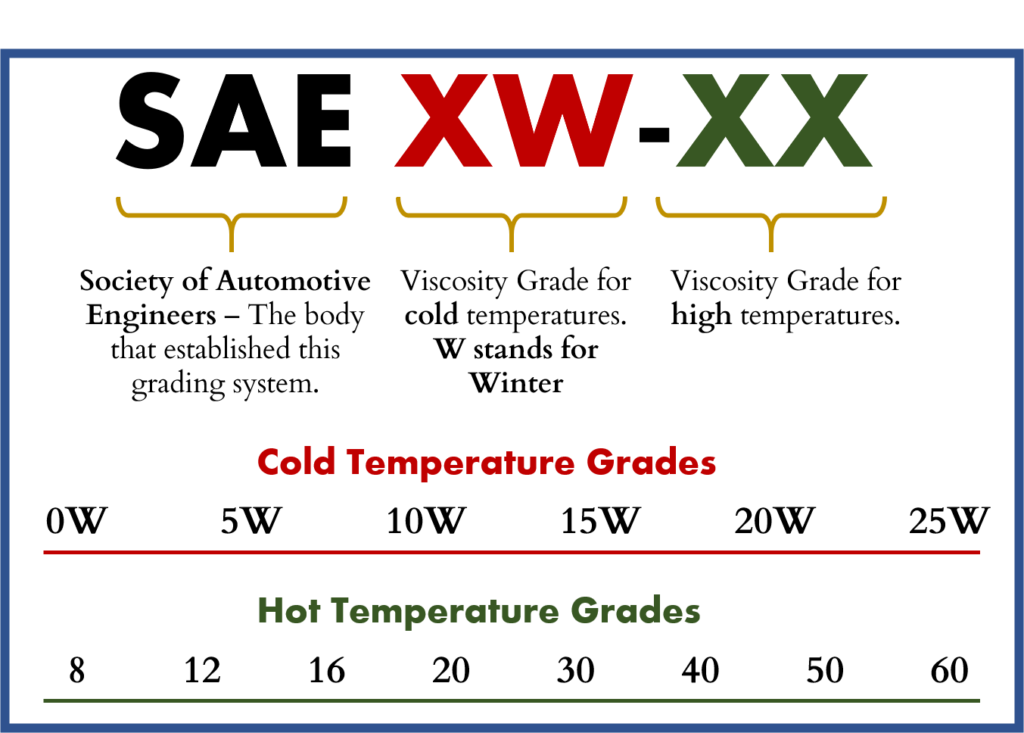
Multi-grade oils are engine oils with a large operating temperature range and can work both at cold and hot temperatures.
Contrast that with a single-grade oil.
Single-grade oils are either suitable for cold temperatures (winter grade oils) or for hot temperatures (non-winter grade oils).
For a detailed view, here is our post on engine oil grades.
Multi-grade oils fare far better when it comes to cold starts. Single-grade non-winter oils are a pain in cold weather.
Not surprisingly, most modern motorcycles use multi-grade oils for their engines now.
Yet, there are many bikers who still use single-grade non-winter oils.
Whether this is knowingly done or unknowingly – I have no idea.
But it is always recommended to use a multigrade engine oil on your motorcycle.
As for which specific viscosity grade to use, you can refer to your bike owner’s manual.
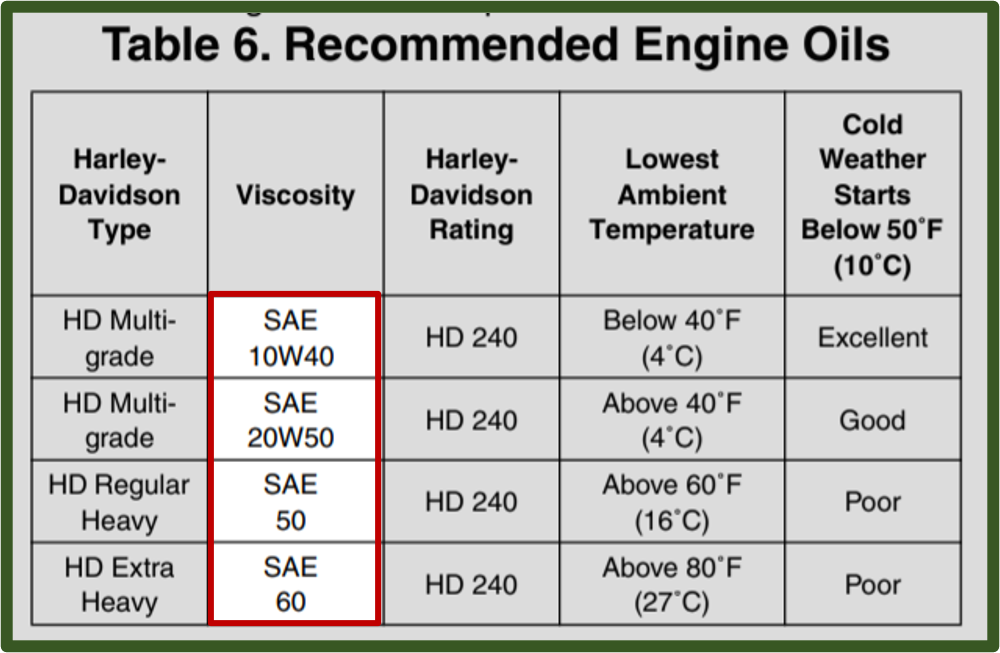
So, in case you are still using a single-grade oil – it’s high time to switch to a multigrade engine oil on your motorcycle.
#4. Keep spark plugs in good condition
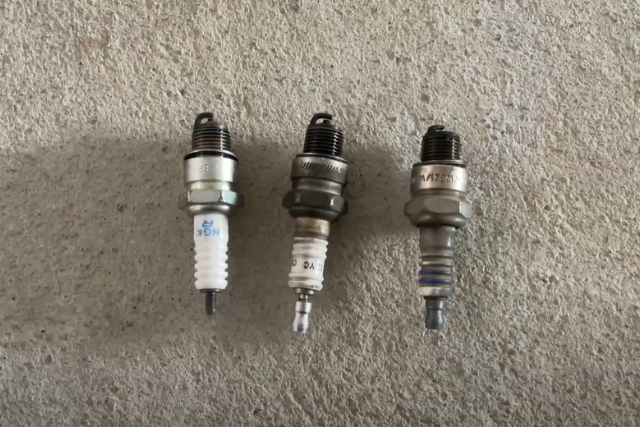
Next up, make sure the spark plug is clean and is in good working condition.
While cold starts may not have a lot to do with spark plugs, a clean spark plug helps in igniting the fuel mixture fast and minimizes starting problems, in general, a lot.
That’s why having a clean spark plug is essential.
Now, how to make sure the spark is good?
Take out the spark plug from the spark plug cable first. Next, read the spark plug condition.
The spark plug’s color, texture, and deposits say a lot about its condition.
Here is a brief rundown:
- Black and wet deposits, greasy in texture – Oil fouling
- Black and dry deposits, sooty in texture – Carbon fouling
- White crusty deposits, dry and sandy in texture – Ash deposits
- The center electrode is worn out and can be hardly seen – Worn-out spark plug
- No deposits, slight discoloration – Good spark plug
Check the spark plug gap as well.
Ensure that the gap is neither too big nor too small. But within the optimum range.
If not – gap the spark plug.
In the same vein, if the spark plug is not in good working condition – replace it with a new one.
If you are replacing, try to go for a high-quality spark plug. If the owner manual allows it, an iridium spark plug is a good choice.
#5. Idle engine for some time
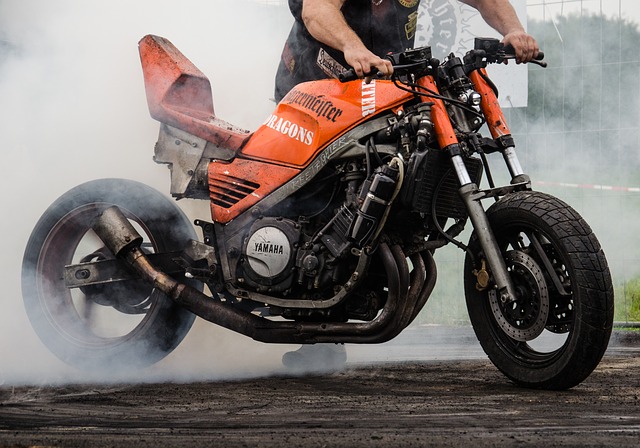
Engine idling is common sense during cold starts.
Once the engine starts after your numerous efforts, do not hop onto your bike seat and shift gears.
Have some patience, will ya?
Instead of starting your ride and shifting gears as soon as possible, where most likely the engine will stall and stop soon – idle the engine for some time.
Keep your motorcycle in neutral gear. Now that the engine has started after so many failed attempts, let the engine idle for 2 minutes.
You can rev up the throttle too.
But, why do this? Why idle the engine?
During cold starts, the engine and its components are not warm and up to their optimum working temperatures.
The engine may have started. But they can stop again anytime due to cold conditions.
Then starting the engine again will be a headache.
By idling the engine, you are warming up the engine and its components.
There is no more cold start problem for the day.
#6. Use an insulating bike cover

One preventive measure for the cold start is to use an insulating cover for your motorcycle.
Of course, it’s not foolproof.
But an insulating bike cover helps to a large extent. Especially if you live in a cold weather environment.
With a motorcycle cover, the engine components are no more directly exposed to the outside environment.
Although the cold temperature will eventually catch up to these components, it slows down to a considerable extent.
Despite not eliminating the cold start problems on your motorcycle, an insulating cover helps in reducing it to an extent.
Plus, a bike cover also protects the motorcycle from rain and harsh sunlight.
So, give it a try.
#7. Try a block heater
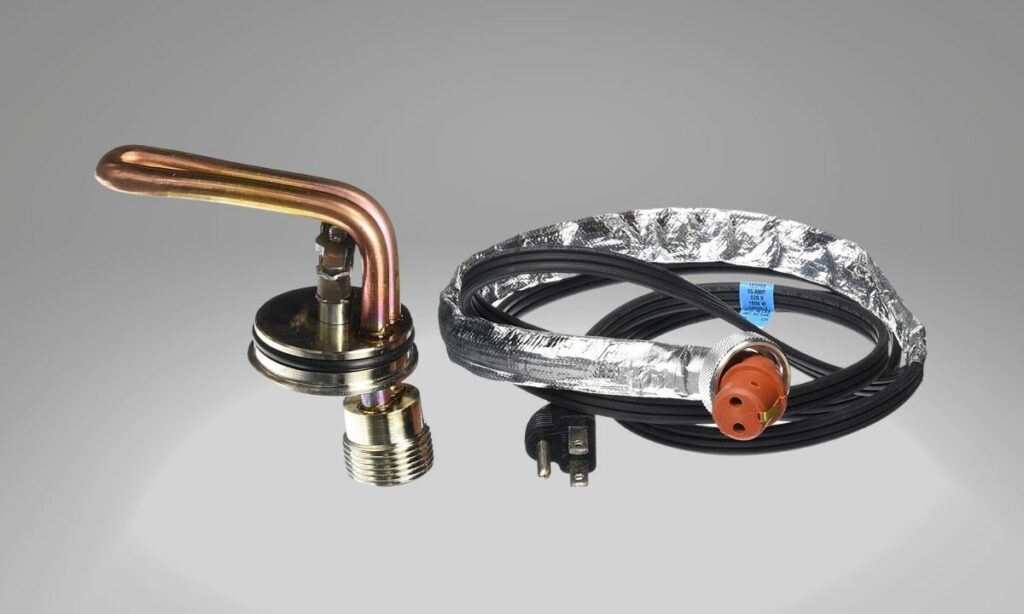
Put simply, a block heater is a heater used to warm the engine in cold weather conditions.
Block heaters are popular in car engines.
And rarely used in motorcycle engines.
Typically, the block heater is placed on the engine cylinder head. It heats the head, and the heat slowly transfers down to the other engine components.
Still, block heaters are rare for motorcycle engines.
But if you live in a cold climate – you can consider using one.
One caveat though. A block heater’s effectiveness is dependent on the engine block material type.
If the engine block is made of cast iron, the block heater works perfectly fine.
However, if it is an aluminium engine block, the heater may not be effective.
So keep this in mind if you want to buy a block heater for your motorcycle engine to prevent cold starts.
FAQs
What about cold starts in fuel-injected motorcycles?
Fuel-injected motorcycles do not contain chokes.
But they do have an auto-choke system in them.
During cold starts, the ECU in the fuel injected system adjusts the fuel mixture and runs rich.
As a result, the engine receives a rich fuel mixture just like a choke pulled ON in carburetted engines.
So, cold starts are not that big a problem in fuel-injected bikes since the fuel injection system automatically addresses the issue.
Do diesel engine cars face cold starting problems?
Cold starts are a problem in diesel engines too.
That’s why diesel engines have glow plugs in them.
The glow plug in a diesel engine heats up the combustion chamber. This helps in starting the engine faster.
The glow plugs are especially helpful during cold starts. Since they warm up the engine, the diesel engine starts far more easily.
Before you go…
Here are a few more posts that might interest you further:
